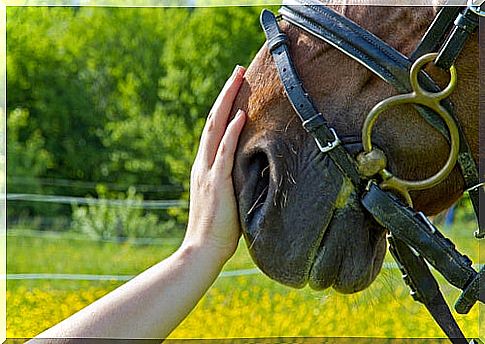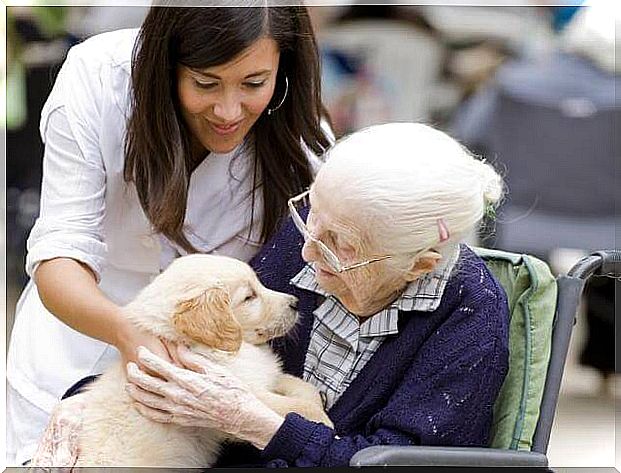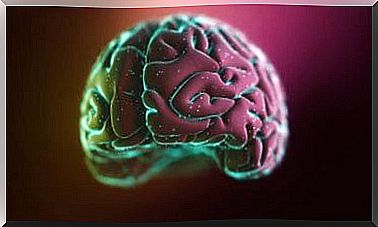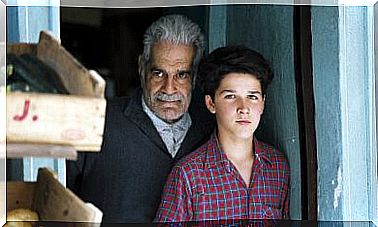Do You Know The Benefits Of Animal Assisted Therapy?

You have surely heard of animal assisted therapy. However, let’s make a little reflection about them first. Anyone who has lived with animals, who loves, cares for and respects them knows the immeasurable value of the kindness they bring us. They surround us with affection when they see us, they are happy and happy when we caress them as they like, or they accompany us on sick days, acting as “invisible” and silent caregivers.
People who have or have had pets know about these benefits that they bring us every day. We could never finish a list where we can list everything they give us. It is something magical and ineffable.

As for a blind person, it should be impossible to summarize everything that his guide dog brings him. Eternal companion of life, of walking and of rest. Companion who goes further in his role of embodying the meaning that is missing. His soul, like ours, feels comforted and grateful to have the gift of knowing how to appreciate the company and the unconditional love that it offers him.
A target intervention in areas of disability
Thus, we can get an idea of the enormous benefit that being in contact with an animal produces in some people. Especially in certain more specific groups, such as people who suffer from brain damage, cerebral palsy, autism or have Down syndrome.
It is in these cases where animal-assisted intervention produces benefits that multiply exponentially, since they have repercussions on an emotional, social, affective, cognitive and physical level. The intervention is always individualized and its objectives must be previously designed. In addition, it will always be carried out under the supervision of a professional team, which is the one that knows the case and the specific needs of the person with whom you are going to work.
Horse-assisted therapy helps with motor problems
You have to know how to choose the most suitable animal for the objectives we want to treat. Well known are the therapies that work with horses, dolphins, dogs … For this reason we always have to use the most suitable animal available, once a thorough evaluation of the case has been carried out.

Horse-assisted therapy, for example, has very specific benefits. They would be those produced by:
- Heat transmission from the animal. Its heat helps us relax the muscles and stimulate our tactile sensory perception.
- Rhythmic impulse transmission. Through them, motor skills are stimulated, muscle tone is regulated and a more coordinated movement is developed.
- Transmission of a three-dimensional locomotion pattern, equivalent to the physiological pattern of human gait. This helps a lot to people with problems in gait and in the coordination of the movements that we use to walk. Therefore, horse-assisted therapy has many benefits, especially for people with motor problems.
There are also psychological and cognitive benefits
In addition to these benefits, we can also talk about others such as self-confidence, concentration, decreased anxiety, adequate adaptation to the environment. .. The independence of the person is also facilitated, with the probable gain in self-esteem that this implies. On the other hand, it helps to socialize and generate meaningful relationships also outside the family environment, since it can be done in a group and with people who have the same type of needs.

At the neuropsychological level, the advances that occur in the therapeutic contact with the animal are evident. Attention is worked because the person is interested in interacting with the animal and seeks its contact. In addition, language is worked through the facilitation of the physiological systems that are involved in the production of speech and in the functional use of language.
All these benefits are obtained in both children and adults. However, this therapy, like so many others, is recommended to be performed from an early age, especially in children who have developed a disease or disorder from an early age. Think that plasticity is greater at a younger age and, therefore, the effects of the therapy will probably be deeper, faster and longer lasting.
Animal-assisted therapy works very well in early care
Early care is always a success and a type of intervention that is increasingly on the rise. Fortunately, we are aware of how important it is to have expert professionals who understand the importance and the benefits that an intervention in the early stages of a disorder can entail. In this sense, animal therapy has no side effects and enriches the person, regardless of the degree of effectiveness that it later demonstrates.
We leave you a video so that you can see first-hand all the wonderful benefits that we have talked about in this article.









